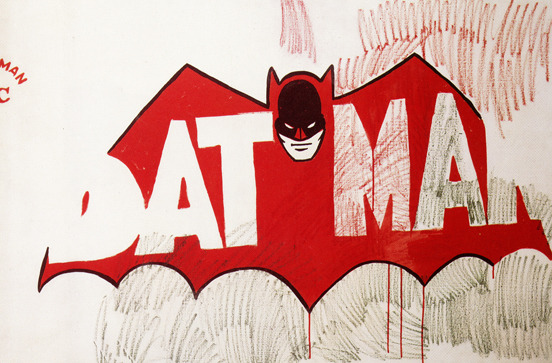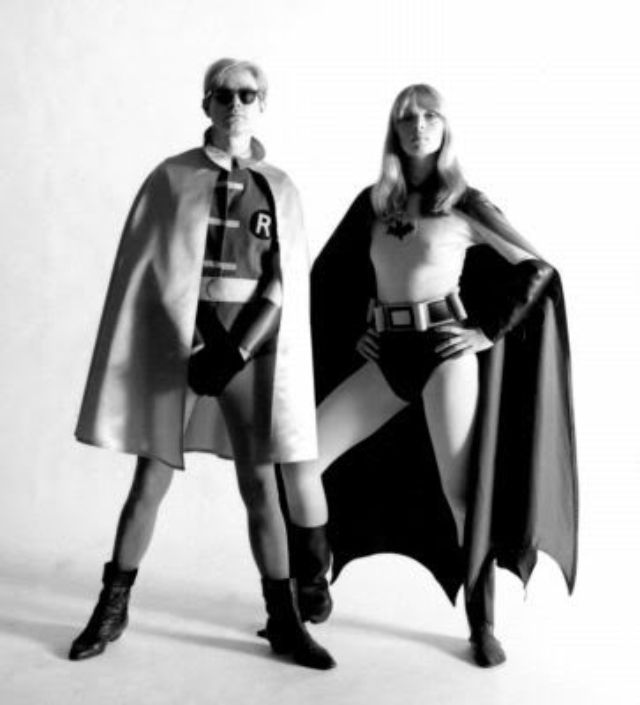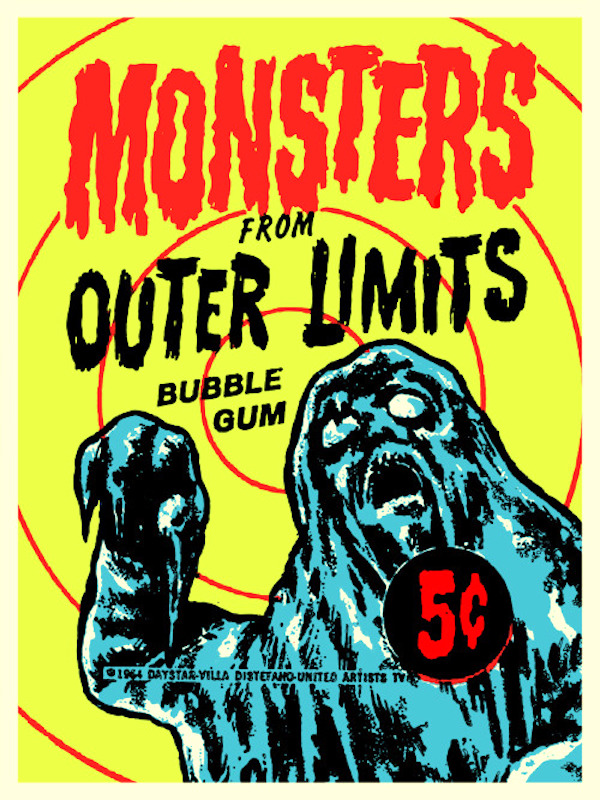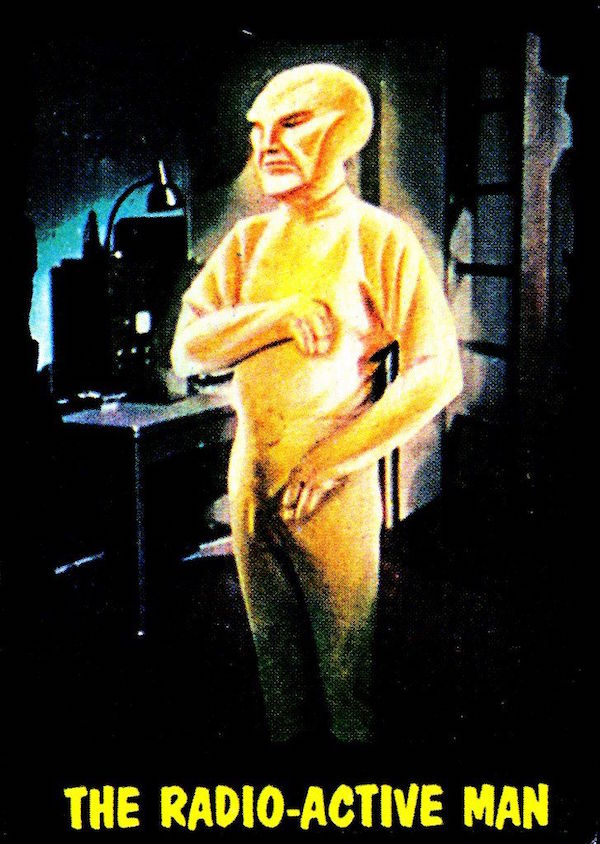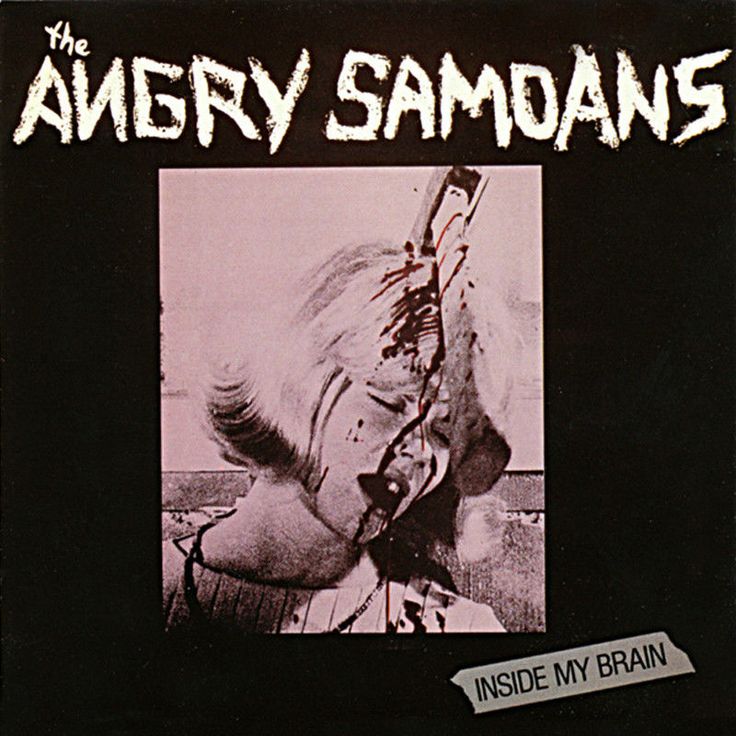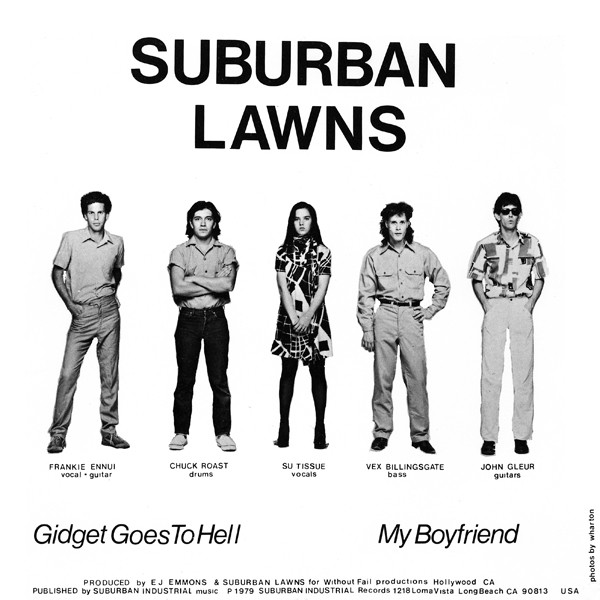
Now that the show has been around for more than forty years, the talent intake process at Saturday Night Live surely approximates an efficient, well-oiled machine, albeit one always tempered by Lorne Michaels’ inexplicable idiosyncrasies. But in those key first few years, the spirit of the place was so much more informed by actual generational rebellion against actual old-guard fuddy-duddies like Bob Hope. The continent (careful to include Canada for this part) was brimming with youthful comedic talent, to the point that anyone that would be likely to wander into 30 Rockefeller Plaza looking for a gig probably was a genius of some description or other.
Point being, in 1975, as the writing staff and cast was being assembled, NBC didn’t have a process in place, as much as a loose constellation of people who fit with their sensibility and could be relied upon to deliver bankably weird and resonant and funny material. Andy Kaufman, who was never a full cast member but was certainly part of the first crew in a general way, famously never fit any of the regular categories that existed for “entertainer” or “comedian,” even though he clearly was both, and as he matured into the key years of the mid- to late 1970s, his delicious bits tended to define a useful boundary between those who “got it” and those who never would.
Here is an impression of Kaufman in the context of the preparations for the very first show, which happened on October 11, 1975, from Bill Zehme’s 1999 book Lost in the Funhouse:
He became a fixture around the shows seventeenth-floor production offices in the weeks before the October premiere. He did not fraternize so much as lurk. Relatively few staff or cast members knew who he was or what he was or what he was supposed to do—although John Belushi had become an early true believer after having seen the conga-crying in clubs. Anne Beatts, a newly recruited writer, first encountered him slumping in Lorne’s antechamber—“I thought, Oh, man, is this the kind of person they’re hiring? I don’t know if I want to be part of this! He was so twitchy and weird and had bad skin. He looked very nerdy and geeky. I had severe doubts about the show from the beginning and my initial impression of Andy was the first of them.” Very late on the Friday night before the broadcast, however, her opinion changed when she saw him rehearse, which he almost didn’t because rehearsals dragged on interminably and he had yet to perform a run-through of Mighty Mouse for the crew and finally he said he had to leave. “And it was like––‘Wait, you can’t leave!” Beatts would recall. “And he said, ‘No, I have to go if I’m going to make the last train back to Great Neck.’ Lorne told him, “No Andy, we need you here.’ So he said, ‘Well, I guess I could get my mother to come pick me up….’”
On October 11, he meditated twice, locking himself in the office of Herb Sargent—once before dress rehearsal and again before the live broadcast. Both times he taped a note on the door—Please do not disturb me while I meditate, Andy Kaufman. All around him, panic and mayhem swirled as would become customary Saturday Night crucible.
Recently Netflix released a documentary with a gratuitously long title about Jim Carrey’s immersive process of pretty much “becoming” Andy Kaufman during the months in which he was shooting Man on the Moon, which is quite worth the time it takes to watch it. During the course of the movie the viewer gets a brief glimpse of Kaufman’s audition reel for Saturday Night Live, which I had never seen before.
In those early days, one of the staples of Kaufman’s act was a reading of the lyrics of “MacArthur Park,” the 1968 song that was first recorded by the actor Richard Harris…. except Kaufman did it as an elderly Jewish man from New York City. To understand why this is funny it might be necessary to see some of the impossibly winsome or lachrymose lyrics of the song. They are certainly distinctive:
Spring was never waiting for us, girl
It ran one step ahead
As we followed in the dance
Between the parted pages and were pressed
In love’s hot, fevered iron
Like a striped pair of pants
MacArthur’s Park is melting in the dark
All the sweet, green icing flowing down
Someone left the cake out in the rain
I don’t think that I can take it
‘Cause it took so long to bake it
And I’ll never have that recipe again
Oh no!
It’s worth noting that the word “striped” is pronounced with two syllables, as a reader of, ahem, poetry might do.
Continues after the jump…
Posted by Martin Schneider
|
12.01.2017
10:56 am
|












